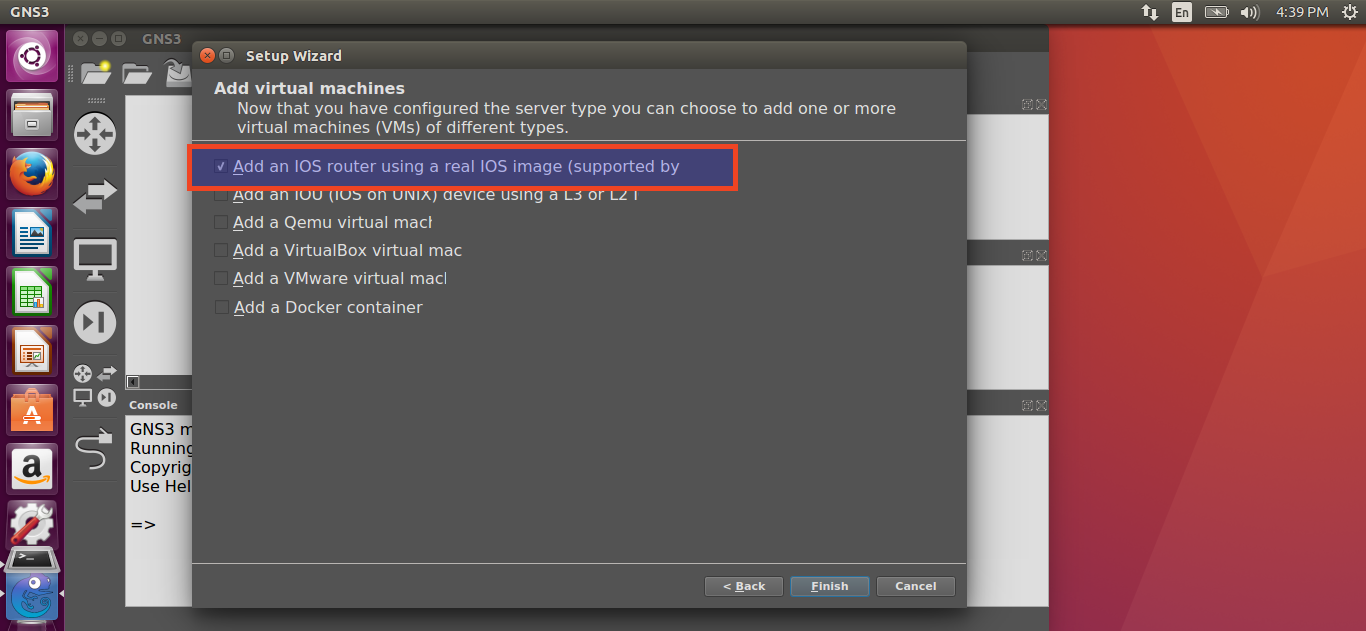


This includes any software that requires hardware virtualization extensions. Virtualization applications other than Hyper-V are not supported for nested virtualization. Check licensing agreements for any other software you use, before installing it on the template VM or guest VMs. For information about licensing for Microsoft operation systems and products, see Microsoft Licensing.

Hyper-V guest VMs are licensed as independent machines. Guest VMs don't have access to Azure resources, such as DNS servers, on the Azure virtual network. The host VM requires extra configuration to let the guest machines have internet connectivity. Make sure the size you choose can run the host VM and any Hyper-V machines at the same time. When you create a new lab, select the Medium (Nested virtualization) or Large (Nested virtualization) VM size for your lab.Ĭhoose a size that provides good performance for both the host (lab VM) and guest VMs (VMs inside the lab VM). Not all VM sizes support nested virtualization. You can run both Windows-based and Linux-based guest VMs inside the lab VM.įor more information about nested virtualization, see the following articles:īefore setting up a lab with nested virtualization, here are a few things to take into consideration. Nested virtualization is enabled through Hyper-V, and is only available on Windows-based lab VMs. Nested virtualization enables you to create and run virtual machines ( guest VM) within a virtual machine ( host VM). This article explains the concepts, considerations, and recommendations for nested virtualization in Azure Lab Services. For example, running a lab about networking with GNS3, IT administration, or ethical hacking might require multiple VMs that can communicate with each other. You can use nested virtualization to provide lab users with multiple, related virtual machines as part of a lab. Nested virtualization enables you to create a lab in Azure Lab Services that contains a multi-VM environment.


 0 kommentar(er)
0 kommentar(er)
